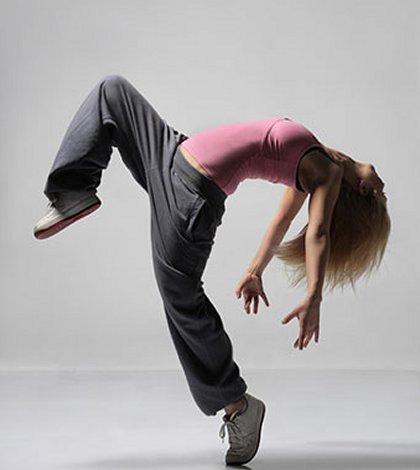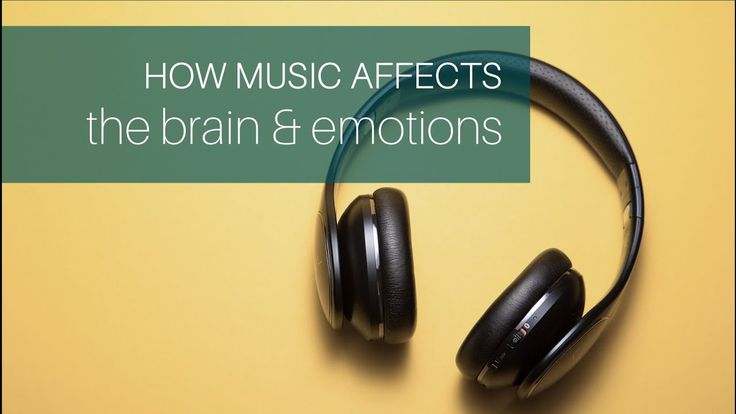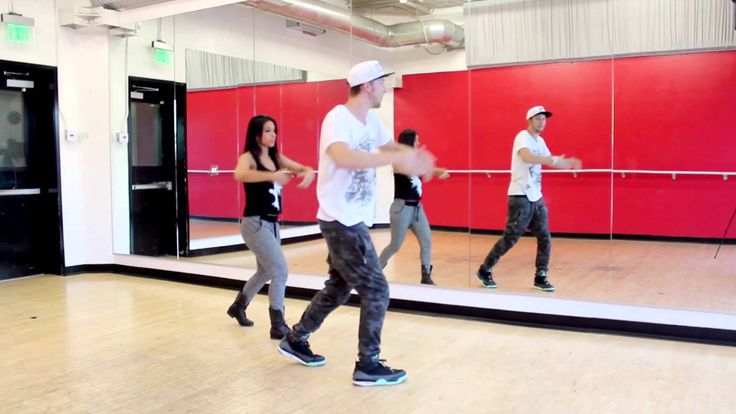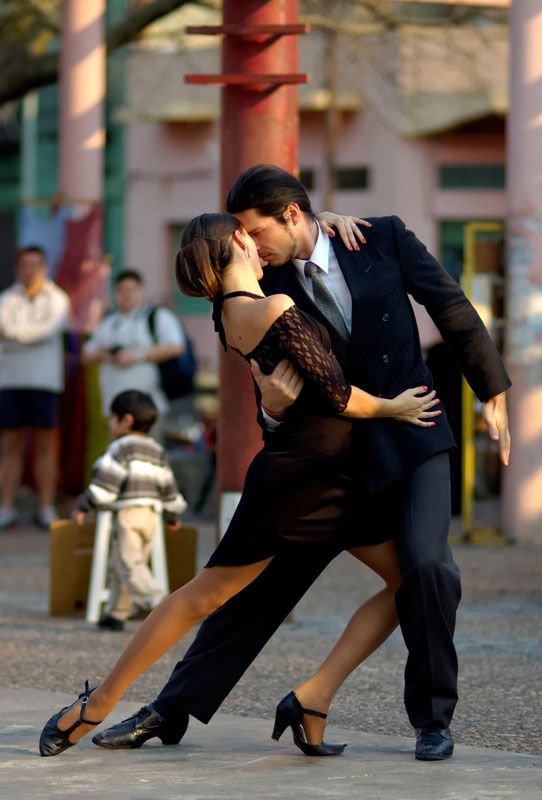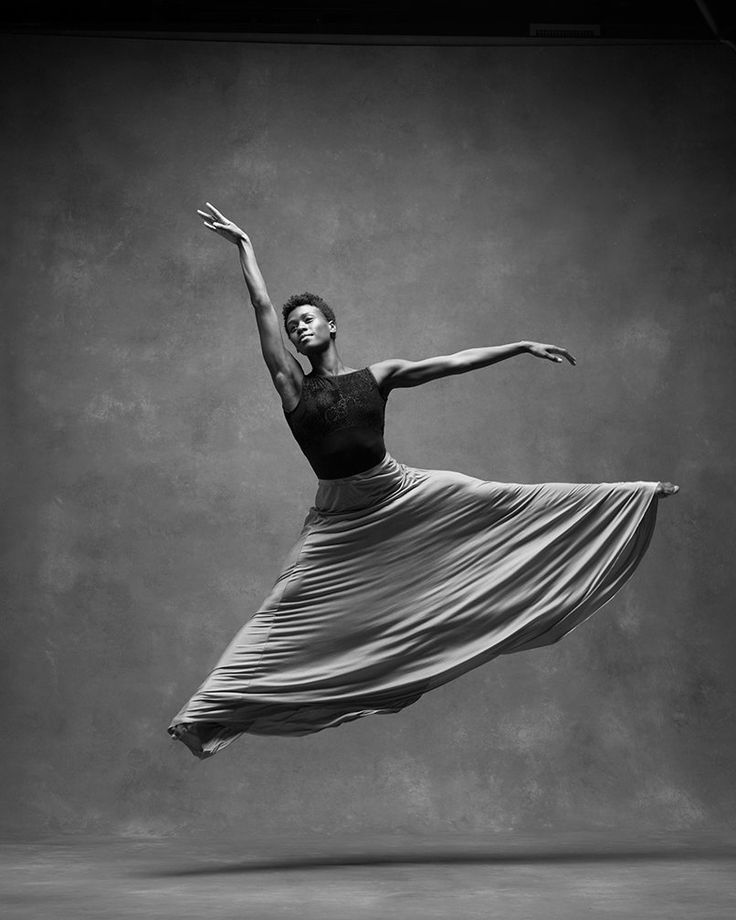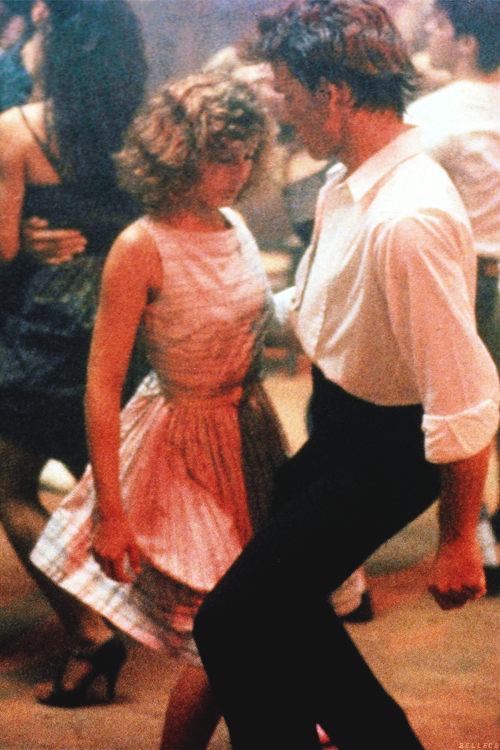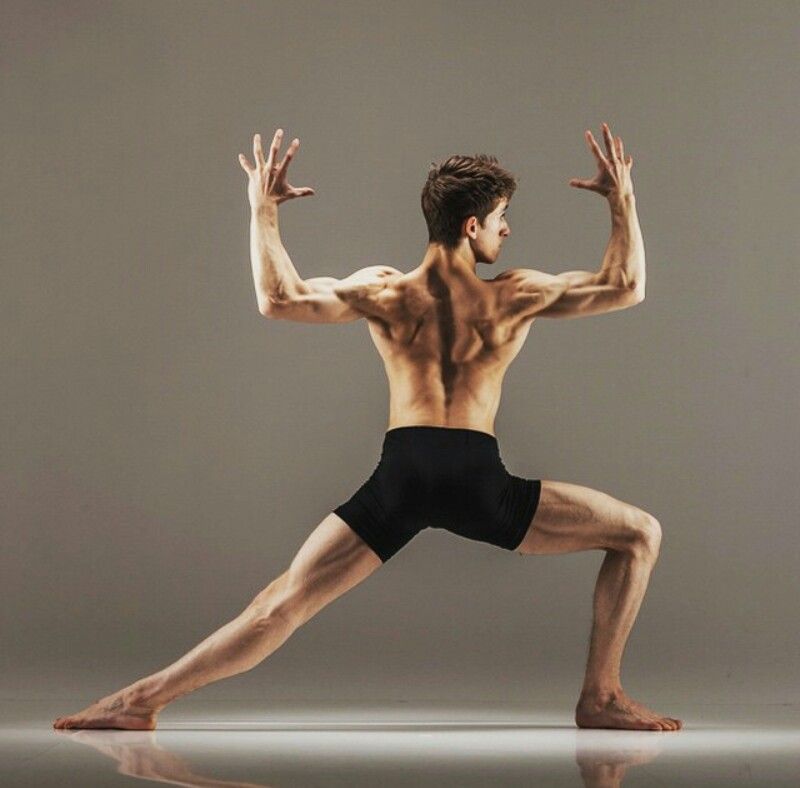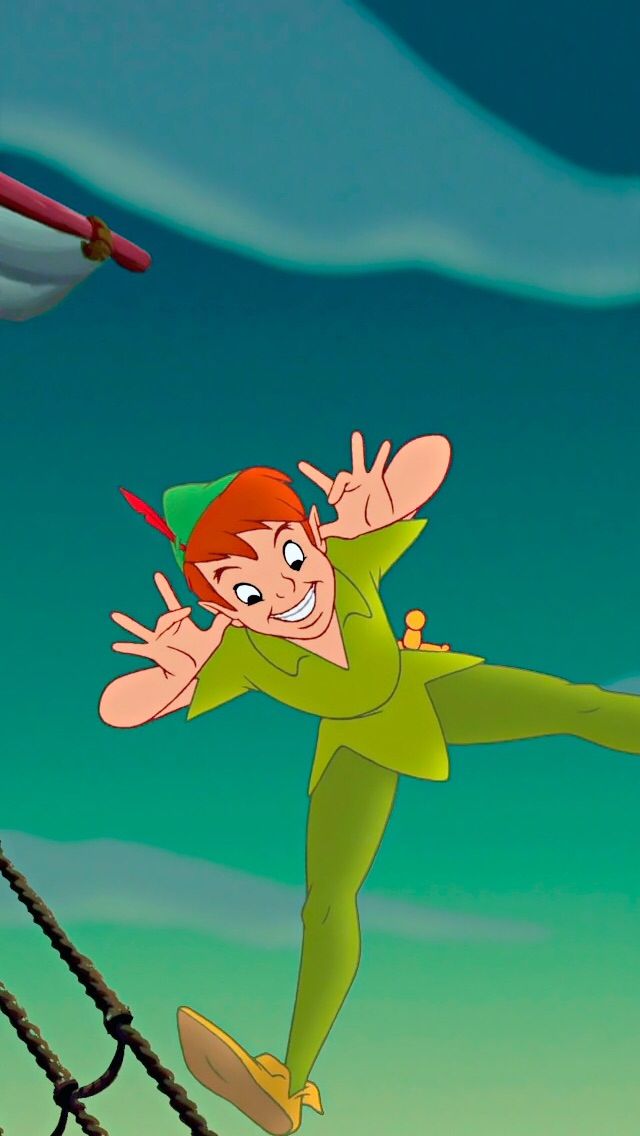How to learn lyrical dance at home
1000 Years Lyrical Dance Tutorial & Routine
Learn a beginners lyrical dance with Hannah in this step by step tutorial to 1000 years (one thousand years) by Christina Perri. Some of you may recognise this song from the Twilight: Breaking Dawn movie. The lyrics are beautiful and perfect for a lyrical dance piece so she choreographed a new lyrical dance to this song. In one video Hannah shows you the full routine to music in one video, in another video she breaks down the individual steps with counts and lyrics to guide and walk through the dance routine step by step to help you learn the routine from the comfort of your own home.
The piece includes different dance movements that include turns on demi-pointe, gentle walks, flowing arm movements, floor work, a small backbend and more. Practice your flow and musicality with guidance from Hannah from Stardust Dance Academy, Cambridge.
Learn a new Lyrical Dance in these videos!
- Lyrical Dance Choreography Routine to "One Thousand Years" (1000 years) - https://youtu.
be/-83TSwoRdjY
- Lyrical Dance Tutorial and step-by-step walkthrough to "One Thousand Years" (1000 years) - https://youtu.be/iyOhKu2ZBqs
Routine Description:
Watch a demonstration of Hannah's Lyrical dance choreography routine to 1000 Years song by Christina Perri. Easy lyrical dance choreography online to learn at home for beginners & experienced dancers.
Tutorial Description:
Learn a beginner lyrical dance with me in this step by step tutorial. This lyrical dance routine has floor work, turns, and extensions. Practice your extentions and musicality too!
Difficulty / Level
This lyrical dance routine was designed to be adaptable for beginners and intermediate skilled dancers. Hannah advises of variations in the tutorial video to challenge any more intermediate dancers learning the routine to push themselves further.
Stardust on Social Media
Lyrical Dance Clips
Short for time but still want to see the routine? You'll find a clip of it at:
- TikTok Lyrical- https://www.
 tiktok.com/@stardustdanceacademy/video/6954857297407511814
tiktok.com/@stardustdanceacademy/video/6954857297407511814 - Instagram Reels Lyrical- https://www.instagram.com/p/COFfyB7F-wf/
- Pinterest Lyrical - https://pin.it/u9yV7ns
- YouTube #Shorts Lyrical - https://youtu.be/9P8tcJp-eXE
Transcript of 1000 Years Lyrical Dance Choreography Video:
Welcome back to the channel everyone! If you've not been here before, I'm Hannah from Stardust Dance Academy, Cambridge. I'm going to show you my beginner's lyrical choreography to Christina Perri's song (1000 years) a thousand years if you enjoy it and you want to learn this dance i've made a separate video which i've linked down below where i break down the steps, step by step for you. I hope you enjoy! [1000 years by Christina Perri music begins...]
[Song Starts - Lyrics]
Heart beats fast Colors and promises.
How to be brave?
How can I love when I'm afraid to fall?
But watching you stand alone.
All of my doubt suddenly goes away somehow.
One step closer.
I have died every day waiting for you.
Darling, don't be afraid
I have loved you for a thousand years
I'll love you for a thousand more
[End of Song - Lyrics]
Thanks so much for watching everybody! I really hope you enjoyed that dance. If you want to learn the choreography i've made that separate video for you which i've linked down below in the comments and if you've got any other ideas of songs that you would like me to choreograph to drop me a message or drop a comment below you can connect with me on Instagram over @stardustdanceacademy and there are loads of other videos on this channel by me and some of the other Stardust teachers which i really hope you'll check out hope see you soon
Transcript of 1000 Years Lyrical Dance Tutorial Video:
Welcome back to the channel everybody, It's Hannah from Stardust Dance Academy, Cambridge. Thanks for joining me for this (dance) tutorial.I'm going to break down the dance step by step for you so you can follow (and dance) along. Then when you're ready you can check out the link below, which is to the music video which accompanies this (lyrical) dance (1000 Years by Christina Perri). I have loved making this video for you and I really hope you enjoy learning my dance. Let's get started.
[Tutorial Starts]
We're gonna start with our feet together, arms by our side. We start by holding our head in a dropped position, we're going to hold this position and then on the "and a" before count one our feet again aboard, change out and good then your hand is going to come out and you've got a little ripple like a burst out of your heart so it goes and or one good and then your other hand too and you're going to look at your fingers bring this hand into your heart then you're going to spin up on your toes 3. So, upon Demi pointes, good another little step forward and and this time you're going to completely relapse.So drop your head, drop your arms right forwards, good from the top 678 and 01234 and five good. You're going to bring this arm up six and then the other ones 7. And then we're going to turn lift your back heel and then push. Good for your front leg is strict and the back foot is up on Demi Point lovely. We're then going to rise up onto Demi points and our arms are going to go round the back of our head so we go up and step good pool and look at the hand. Same on the other side. Pole look at your hand and then you're going to take another step and do a windmill to finish down on one knee. Lovely, so let's recap that from the beginning, feet together 678 and 01. 234 and 567 per shaped an up an for an step threat. Nice windmill over and damn good. You're then gonna roll your front shoulder, roll it back and turn to look at your audience. Lovely, we're then going to stretch our leg rich and I want you to look up to the ceiling. Nice big stretch and make sure your foot is stretched. Get and this is on the lyrics, afraid to and then on the lyric fall, we're going to fall down.
So you sit down, hands, touch the floor, head goes down. Great. we're then going to roll, so stretch those feet, roll step onto your back foot and then take another step with your front foot. Good job from here. We're going to do a half a turn which is instigated with our back shoulder, so you're going to roll half a turn to face the other side. We're then going to step. You can either do this on a flat foot, or you can take it upon to Demi-pointe. We're going to circle the arms back and we're going to lift up into a parallel ratiré a step up and drop. Good, then we're going to reach your front hand forwards, and then it's our elbow that's going to instigate our turn this time. So we're going to have a nice strong elbow and it's going to turn around and then reach. Good nice work everyone. Let's see if we can add it all together from the beginning before I do the next little bit with you. So, feet together had relaxed hold 678 and 01. 234 and 567 per shaped and one and two pull. 34 Windmill, 5-6 head and shoulder.
7 reach 8 falling. What role to Step 3 for back shoulder roll ripple up and drop front arm elbow turn rich good so. After that turn, when you reach, you're going to bring your front hand into your heart and really stretch that back on beautiful. From here we're going to do a lovely swing, so again, you're going to bend your knees, relax forward, swing an up an rich and again so you're here. Relax the head, swing on, then reach that front arm. Good win then going to pull their arms slowly in and we're going to take 2 steps starting with our right foot going round in a circle with the lovely stretched feet. So we go, walk, walk so we finish facing the back. We're then going to take a lovely turn up on our toes and our hands are going to go up the side of our body as we turn. You can either do one or two or three however many times you want to do. If you love turning over as many as you can, so we've just done our two walks. Walk, walk. We're going to step on our right foot and arms go up.
Our body good, and then we're going to step out of it, and as we do that, we slowly open and push down with our arms. Good nice everyone. From here we're going to do a big step back, and we're going to switch off front foot back into our best with a nice stretched foot. Don't worry how high it goes, just give it your best shot. We're going to make this a hop, so as we swish, swish pop, we're going to hop on that underneath foot, stretching our arms into a gorgeous first arabesque. So see your leg forward and again, so we've just done that turn and we go step up. Good, and then we're going to turn arms in Jazz first turn up on your toes and then slide. Beautiful so we finish facing our corner. We're then going to do a little back ripple backwards so if you've got a really flexible back you can go for a nice backbend. If not you can just circle those arms, keep that foot stretched so we go circle here good. You're then going to step straight up onto Demi Point and we're going to stretch those arms and see if you can stay up on Demi point for a moment.
So we're going to go stretch. And then out good. And then you're going to keep this arm up and we're going to do a pirouette, so we're going to turn towards our back foot and we're going to lift it up. And this arms going around our head. So we're here we're going to go up and step out of it. Good nice job everyone. Let's see if we can do it from the beginning. All of that together. We've not got too much more to do, so we hold head dropped 678 and one. Tip 3 four and five. 6-7 per Shake going up and full. Pull back, but windmill over and down shoulder roll. Stretch and drop. Roll it round two steps to come up up back shoulder roll body ripple up and four front arm stretch Elbow turn rich. Swing it forward. Swing up two walks one. Two here comes your turns up as many as you want. Remember an open. Here's our big step hop step hop step. Turn slide and back going up and turn rich awesome. Good job. So we're here. Remember if you want to rewind and go over any bits at any point if you can.
If not, we're going to carry on 'cause I've nearly finished here. We're going to slide. Make sure you're stretching those totes. Get tucked the foot behind and nice and slow. This arm is going to float up good and then you're going to rise up and turn. And then the arm Palm is now facing you and it floats down. This side step in front we turned out here. This time it just goes up and down and then I want you to look forwards as you turn and then you're going to take two walks with gorgeous stretch feet. Or if you can fit four walks in, go for walks. But I've not got space so do as many books as you can to the back two or four and then it goes straight into the second verse, which if you want to repeat this choreography you can. Or if you want to make up your own, you can do that too. So let's try the whole thing from the beginning, one last time with counts and me talking you through it and then remember when you're ready to do it with music. That music video is in the comments below for you.
So feet together hold nice and still 678 hour one cheap turned 3 drop forwards an release up. Uh, push lift that back heel up on demi-pointe up and drop going back three. For Windmill 5-6 shoulder 7-8 dropping what role tip up 3/4. Shoulder 5-6 and 7/8 elbow. To turn 1. Reach to swing three. An for two walks. Walk, walk and turn arms up your body step step slowly bring it down ready step up. Step turn slide. Reach an up turn pohled and slowly up turn down. Remembers turn out your legs up. Down, keep looking forward as you rise up two steps, walk, walk. Good! well done everyone.
[Tutorial Ends]
Thanks for dancing with me everybody. I really hope you've enjoyed it. Don't forget to check out the music video so You Can Dance that Lyrical choreography as many times as you like with the music. If you enjoyed it, please drop me a comment below. You can also connect with me over on Instagram at Stardust Dance Academy. If you've got any little videos of you doing this lyrical choreography, I would love it if you shared it with me.Thanks again for joining me and I hope to see you back here soon. Bye everyone!
August 7, 2022
Lyrical
Lyrical dance combines elements of ballet and jazz to create a soft style that emphasizes the storytelling quality of music. An emphasis is placed on grace and fluidity, musicality, and expressiveness to capture emotion through movement. Lyrical is offered in four levels; class placement is determined by skill level and students often repeat levels until they have achieved mastery. Combined levels (ex. Lyrical 1/2) indicate that students approved for lyrical at either level (Lyrical 1 or Lyrical 2) are able to register for this class.
Lyrical 1
This level teaches a combination of skills and terminology used in beginner ballet and jazz classes. Grace and fluidity of movement are prioritized, in addition to proper body alignment, center of balance, and beginning turns, jumps, and floor work. (No prerequisite. Ages 6 and older may register. Typical age range is 6-8 years.)
(No prerequisite. Ages 6 and older may register. Typical age range is 6-8 years.)
Lyrical 2
In this level, dancers work to connect their steps together in fluid combinations and traveling exercises. Attention is placed on increased control and balance necessary to learn intermediate turns, jumps, and extensions. (Class placement determined by skill level. Typical age range is 8-10 years. Ballet and/or jazz experience is preferred.)
Lyrical 3
At this level, emphasis is placed on storytelling through precise and fluid movement that utilizes accents in music and lyrics. A focus will be placed on increasing flexibility and strength in order to begin utilizing advanced turn combinations, jumps, and floor work. (Class placement determined by skill level. Typical age range is 10-12 years. Ballet and/or jazz experience is preferred.)
Lyrical 4
Advanced ballet and jazz skills are utilized in order to perform very difficult technical steps and combinations that demand increased strength and flexibility.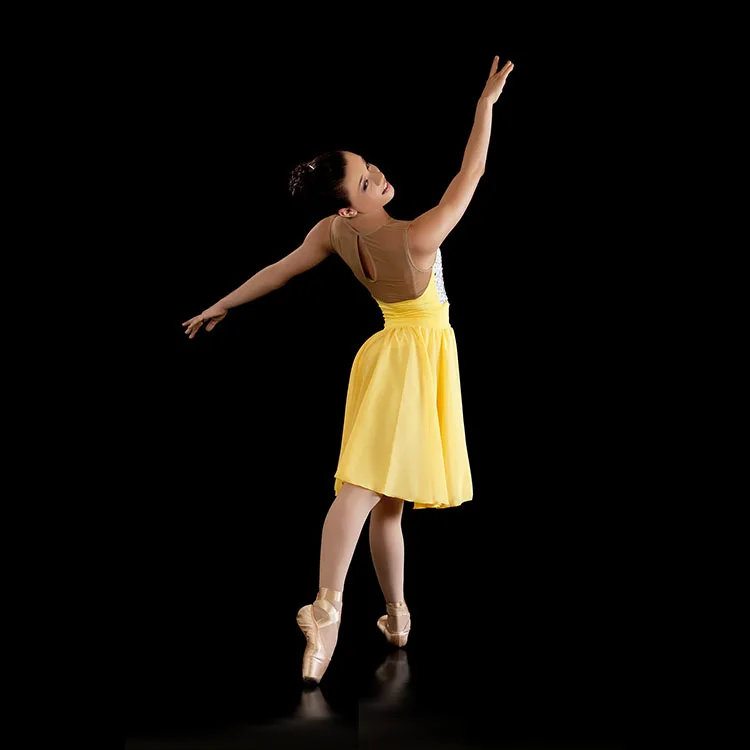 Students are asked explore the emotional aspects of the music and choreography to achieve a desired performance quality. (Class placement determined by skill level. Typical age range is 13-18 years. Ballet and/or jazz experience is preferred.)
Students are asked explore the emotional aspects of the music and choreography to achieve a desired performance quality. (Class placement determined by skill level. Typical age range is 13-18 years. Ballet and/or jazz experience is preferred.)
Standard 60 mins
Prerequisite
Dancer has mastered the preceding TDC lyrical level or has permission from the instructor. See each level for additional prerequisites. Students must be age 6 or older.
Age
Multiple Levels - See Class Description
Attire
Any Dance Corner or WWPDC dancewear top, black t-shirt, black long sleeve top, black camisole, or black leotard is acceptable. Any sort of Dance Corner dancewear bottom, black shorts, or black jazz pants/leggings is acceptable.
Hair
Hair must be tied back off of the face.
Shoes
Turners to match skin tone.
Current Dance Schedule
Dancewear Requirements
Registration
All Class Offerings
Acro/TumblingAdult/Teen Open BalletAdult/Teen Open Jazz/Hip HopAdult/Teen Open ModernAdult/Teen Open TapBalletBallet BasicsBroadway JazzContemporaryHip HopIntroduction to Dance – Mommy and MeJazzJazz Basics Jumps and TurnsKinderstepsLyricalMusical TheaterPointePre Acro/JazzPre Ballet/TapPre-PointeSenior Open TapStorytime BalletTapTechnique for TeamTiny Tots - Mommy and Me
Why do you love dancing at The Dance Corner?
"We all say TDC is our second home, but it’s true. We all go to take class and learn new skills but the best part is the friendships that you build. Everyone at TDC is there because they love dance. All the staff and students are there because they want to have fun doing what they love. It’s hard to describe but everyone here cares so much about each other and the craft. I have learned some of life’s most important lessons here, because it’s more than just dance class that we take here, everything that we do here is about having fun, building bonds and learning life lessons through dance."
We all go to take class and learn new skills but the best part is the friendships that you build. Everyone at TDC is there because they love dance. All the staff and students are there because they want to have fun doing what they love. It’s hard to describe but everyone here cares so much about each other and the craft. I have learned some of life’s most important lessons here, because it’s more than just dance class that we take here, everything that we do here is about having fun, building bonds and learning life lessons through dance."
Sophie
TDC Dancer since age 3
Elite Team Dancer since age 10
WWPDC Member
Never too old
Adult Classes
Offerings in Ballet, Jazz/Hip Hop, Modern, Tap, and Senior Tap.
Learn More
Summer
Dance Camps/Summer Intensives
Seasonal offerings for dancers at all levels in multiple styles.
Learn More
Competition Team
The Elite Competition Team
An audition only team that competes at regional and national dance competitions.
Learn More
Performance
The West Windsor Plainsboro Dance Company provides opportunities for seasonal performances beyond a traditional recital.
Learn More
brief description of technique and recommendations
Every choreographer will say that it is impossible to learn to dance the waltz on your own, from scratch, without the help of a professional teacher, an experienced dancer, or at least a person who knows how to do it.
But is it really so? Modern people have many things that can help them master this or that occupation and at the same time not leave their own home. We are talking about the Internet, television panels, smartphones and other technical benefits that make distance learning possible.
How do they dance?
Waltz is distinguished by the use of time signature in three quarters. That is, each measure is “one, two, three”. With emphasis on the intonation "time".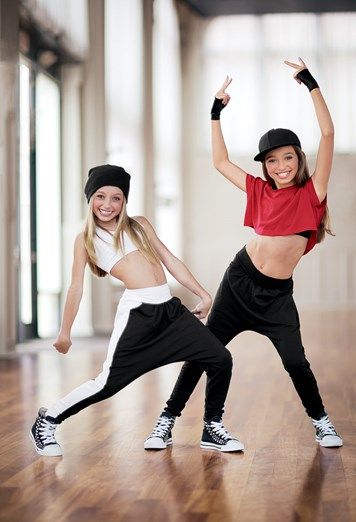
In movement, this is expressed in the fact that the measure is equal to three steps. In learning how to dance the waltz, mastering the rhythm is the most important thing. Without a sense of rhythm, an understanding of the size and the habit of counting the beats inside yourself, nothing will work.
What is a waltz like?
Usually people who are interested in how to learn to dance the waltz at home on their own do not quite understand what exactly they want to be able to perform.
There are several types of dance:
- fast or Viennese;
- slow;
- figured;
- Argentinian or waltz in tango rhythm.
Each of the options has its own characteristics, and before you learn to dance the waltz, you need to clearly understand what type of movement you want to master.
Viennese
As a rule, saying “waltz” means exactly the fast Viennese ballroom dance. It is included in the competition programs, it is danced in films, this option is the most famous among people who are not in contact with the choreography.
And it is also the most difficult. In this type of dance, 60 measures fit into a minute. Before you learn how to dance the waltz at home, or rather start this process, it makes sense to try to say out loud the size with a stopwatch.
"One, two, three" should sound 60 times in one minute, while not losing your breath and losing your breath. If everything worked out, you can safely master the Viennese version of the dance, if not, you need to start with a simpler variety.
Slow
Its difference from fast dance is only in rhythm, in this type of dance there are 30 measures, repeated every minute.
For those who are wondering how to learn how to waltz at home, this version of the dance is just perfect. In addition, after it, the famous Viennese is easily mastered.
Figured
This dance is distinguished by the presence of additional movements - leg swings, kneeling and so on.
If at any show, just in the evening program in a club, a solo waltz is danced on the stage, by one dancer, without a partner, then this is precisely the figure type.
It is not worth starting with this variety, because this dance involves improvisation. And in order to improvise, you need to be able to dance.
Tango
The Argentine waltz is a crazy mixture of Latin American passions and European twists. Starting to learn dancing from him is not a good idea.
The performance of this type of dance requires perfect mastery of both waltz and tango. In addition, it is almost impossible for a beginner who cannot move to master the Argentine variety without a choreographer.
Where to start?
Usually, to such a question, they are expected to hear in response a short story about how to stand, walk, where to look. However, in order to learn how to dance the waltz, for beginners, the first step is not to learn the position at all, but to arrange a place to practice.
It should be as similar as possible to a dance class. You will need a room of at least 20 square meters, as free from furniture as possible.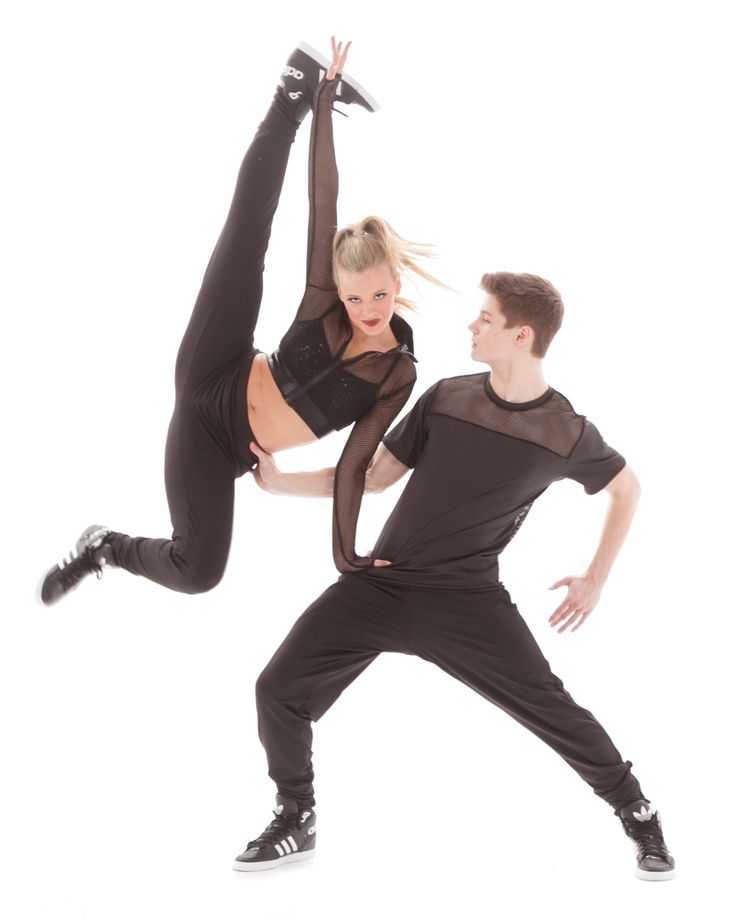 This is necessary, because circling like a princess at a ball in a 10-square room filled with armchairs, cabinets, chairs and tables is quite difficult and only the heroines of Disney fairy tales can do it.
This is necessary, because circling like a princess at a ball in a 10-square room filled with armchairs, cabinets, chairs and tables is quite difficult and only the heroines of Disney fairy tales can do it.
You will need a large full-length mirror, or even better, a few or wall paneling.
A simple wooden cornice can be used as a warm-up and pre-workout machine, by fixing it well. But if there is no intention to engage seriously, and you are only interested in how to learn how to dance a waltz for an event, such as graduation, then the device of the machine can be neglected.
What to focus on
When the room is ready, you can start studying. What to focus on is a personal matter for everyone, someone easily copies the movements while watching an episode from the film, and someone needs detailed explanations with schematic images.
In learning how to waltz, one cannot do one thing - follow only the written description of the movements. Movement must be seen. Otherwise, you can learn something completely wrong.
Otherwise, you can learn something completely wrong.
Music is not needed at the initial stage, the movements are learned by counting, which can simply be recorded on a regular smartphone.
Description of the basic positions
Before you start learning the positions, you need to warm up the muscles. Of course, before a home waltz lesson, it is not necessary to sit on the twine. But elementary exercises, with which physical education classes begin in schools, need to be done.
Starting stance - partners stand with their bodies close together, with a straight back. At the same time, the woman holds her back, leaning back a little, due to the deflection in the lower back. The chin is raised, the head is turned to the left, the gaze is directed over the partner's shoulder.
A man supports a woman over the deflection zone, it visually gives the impression that she is leaning on her hand, and without it she will break. The woman's left hand is on the man's shoulder.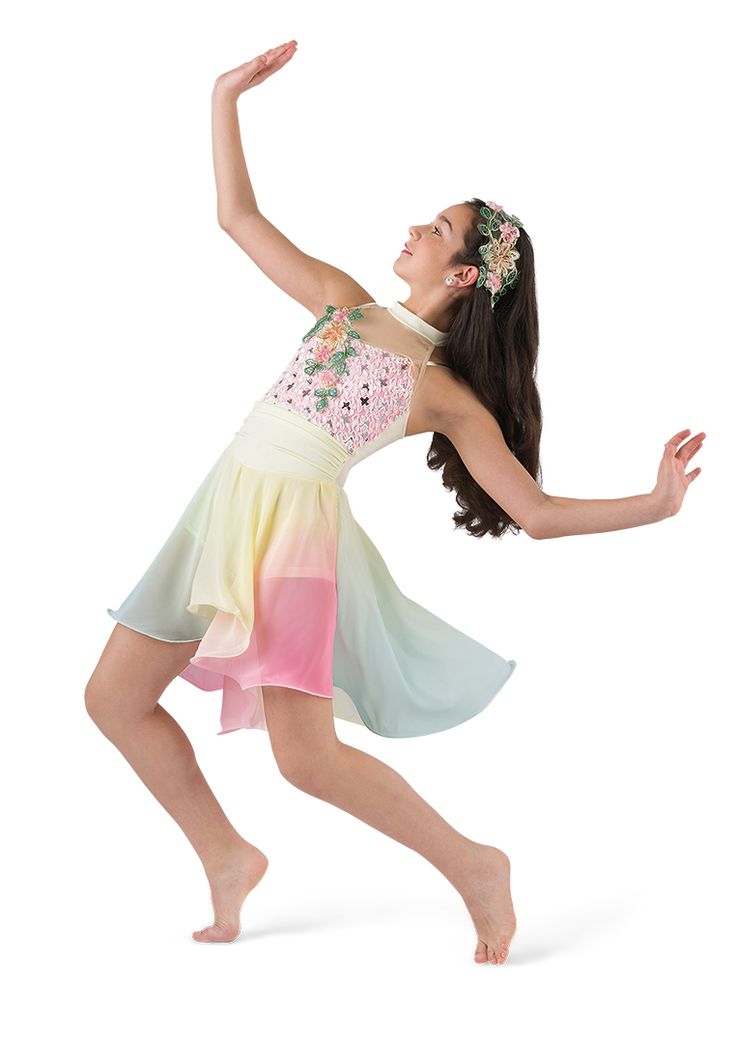
When learning alone, you will have to imagine your partner.
Step of the dance - initially the legs are in position "6", which means that the feet are parallel. The one who leads begins to move, stepping from the left foot to "one", then from the right - to "two", and to "three" pulls the left to the right.
The dance is performed with "additional" type of steps. The slave partner simply repeats after the main one. The turn is performed arbitrarily, the minimum interval for it is 2 measures.
As a result, the couple should “outline” a square.
Many people are interested in the term "waltz track". This figure of the dance develops itself, by distributing the turns over the beats.
One of the main difficulties in learning the waltz alone at home is the need to introduce a partner. This is not about emotional complexity, but about tactile difficulty. That is, it is difficult to keep the open palm at the same distance, not to “drop” the elbow.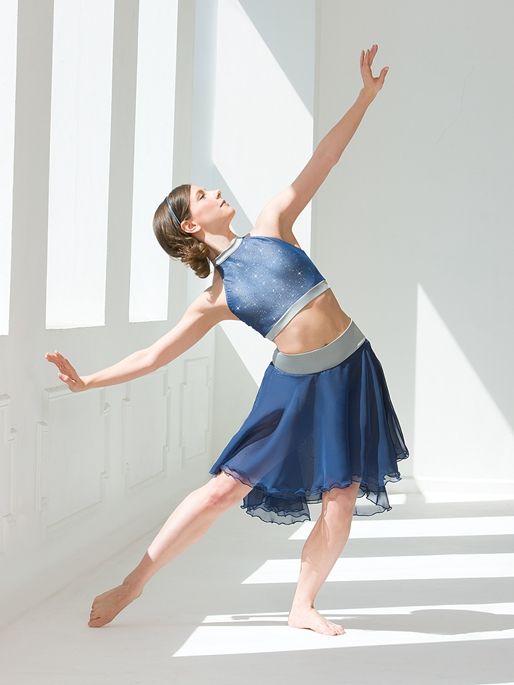 It is no less difficult and constantly to keep your hand on weight, imagining that it lies on someone's shoulder.
It is no less difficult and constantly to keep your hand on weight, imagining that it lies on someone's shoulder.
It is quite possible to learn the waltz on your own, although it is difficult. Classroom dancing for couples is always the best solution. But if this is not possible, then it is quite possible to turn on a documentary educational film and try to move in the same way as what is shown on the screen. In the same way, you can use feature films, and even animation.
12 life hacks, to quickly learn how to dance from Mamita Dance
Dancing
Author: Pavel Collect
Psychologist, Teacher of Salsa and Tango
Dances
Author: Pavel Pavel Pavel
Psychologist, Teacher of Salsa
At the start, you always want to get a quick result. When it doesn't happen, the hypothesis arises that everything takes time. After a conditionally acceptable time, humility comes to mastering pair dances, which, perhaps, is not given, and I will just do what I learned somehow.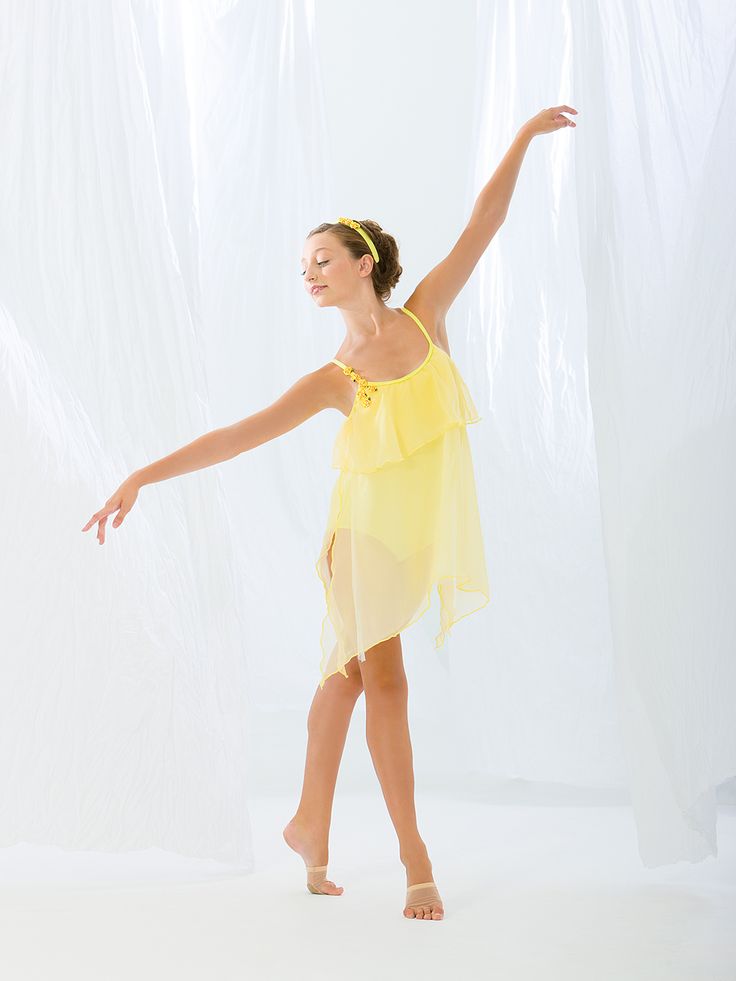
This is the most common story of those who believe that the mere act of attending a pair dance class is enough to learn how to dance.
Absolutely not. If you want to really dance well, you have to make an effort outside of the dance class. A good teacher will definitely be needed, but the initiative should be on your side.
1. Listen to music
The most common and accessible advice that is given already in the first lessons. And it definitely works. Music creates a certain atmosphere of the dance and intuitively you want to move to it. It doesn't matter where you listen to music - in the car, on headphones while walking or doing household chores.
An addition that will help you dance better is your active participation in the music. Sing along, dance or simply beat musical accents with any free parts of the body. In the subway, for example, it is enough to tap out bright moments with your fingers, in the car to sing along with sounds, and at home you can jump for pleasure.
2. Watch videos of good dancers
It's complicated, but also obvious. It’s more difficult, because without recommendations from more experienced dancers, unfortunately, it’s not so easy to find a good quality video on the net (I mean not the resolution quality, but the content itself).
Meaningful video viewing is about building an understanding of HOW dancers make a particular impression on a partner or viewer. Technology is at the heart of everything. Understanding how the pros do it is a big step forward.
It is important to distinguish a show from a disco dance, a staged performance from an improvisation, a stylized dance from an authentic one, etc. Ask for recommendations and dance teachers will always throw off a couple of videos of worthy landmarks.
Tango Z. Showreel.
Online modern tango courses
Tango nuevo is the most advanced version of tango. We can quickly learn to dance from zero to a steep level.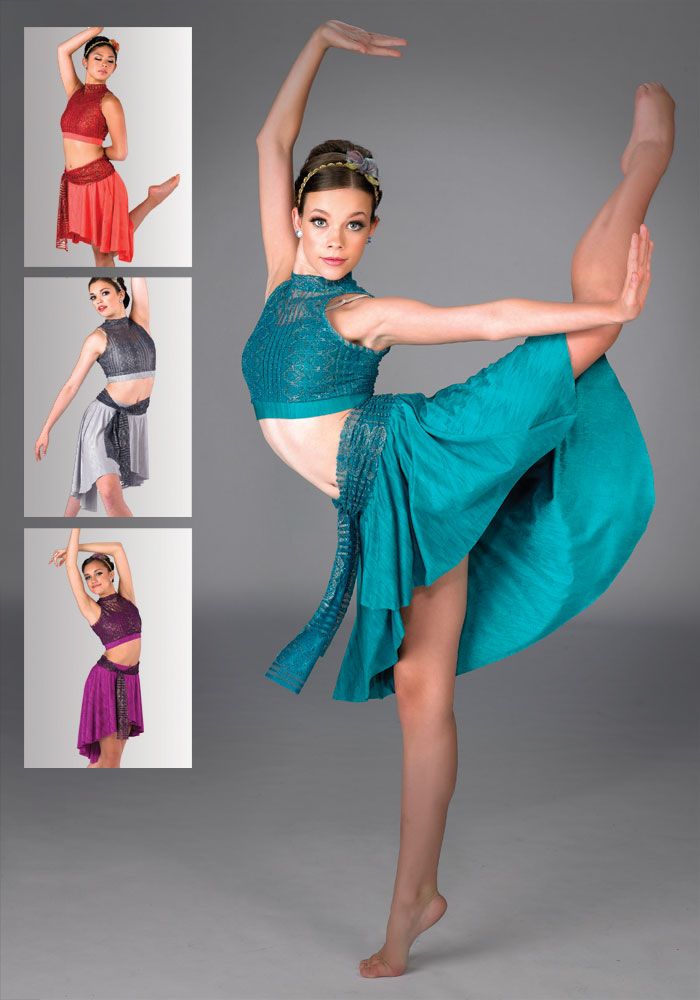
| View details |
3. Dance in salsatecas/milongas/discotheques
A very delicate moment when it is worth coming to the first party. From a technical point of view, most students in 1-3 months have a sufficient set of figures and techniques to come and dance calmly. Psychologically, the same moment can be stretched out for an indefinite time. After all, it is imperative to “not lose face”, “learn more figures” and be sure what to do in case “there is an unfamiliar movement”.
In fact, the partygoers don't really care (except for a small layer of non-professional teachers who want to help inexperienced dancers by treating them as customers in the future). It is important to come and try dancing after a month of classes. You can only with friends or guys from your group. This will be enough to feel the adrenaline and inspiration from the dance.
4. Dance with partners or partners not of your level
The conventional wisdom that you need to practice in groups of your level does not stand up to the test of experience.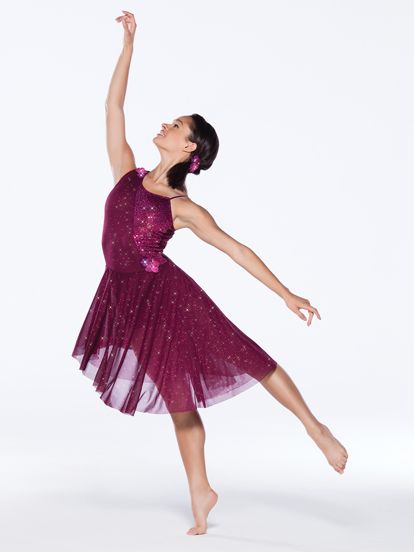 Perhaps now your eyes widened in surprise, and you want to meaningfully read the phrase again. Yes, you saw everything correctly: when you dance with a partner of your level, you don’t grow anywhere.
Perhaps now your eyes widened in surprise, and you want to meaningfully read the phrase again. Yes, you saw everything correctly: when you dance with a partner of your level, you don’t grow anywhere.
It's important to understand that not only does it work one way and you have to dance with cooler dancers, but it works even more effectively the other way. It is no coincidence that teaching pair dances dramatically raises the level of the teacher himself. You have an endless stream of very beginner dancers.
How it works. A more experienced partner needs to be "stretched". It's easy and obvious. With beginners, you need to take more initiative on yourself, see the general pattern of the dance more widely, turn on and insure more, try to be an example and be more careful. The quality of interaction begins to grow significantly. And wonderful partners too.
Dancing with partners of your level doesn't make you grow. Dance with beginners and more advanced dancers
Dominican Bachata Women's Style Online Course
Want to learn how to hypnotize those around you with the most delicious part of your body? On the course we will tell you all the secrets.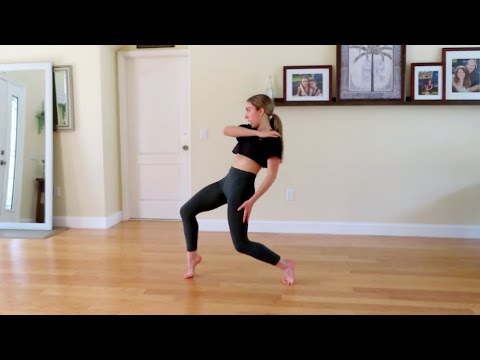
| Interesting |
5. Learn to dance for a partner and for a partner
Turks and Argentines are one of the best partners in the world. In Russia, partners are highly valued. Why? The answer is simple. In Argentina and Turkey, it is not questionable for men to ask another man to lead in one piece or another and give feedback on the quality of the lead. For them, it will be a great shame to hear moralizing from a partner, or even more so to be known in the community as an insecure partner.
In Russia, due to the constant, often far-fetched, opinion that there are more women in pair dances, partners calmly get up and study their partner's part. Such partners then grow into very cool dancers and teachers. In no case do this at parties, only in class. Here we are talking only about the learning strategy. At parties, be yourself.
6. Do not memorize the links
Always try to look deeper and understand the through principle and idea of movement.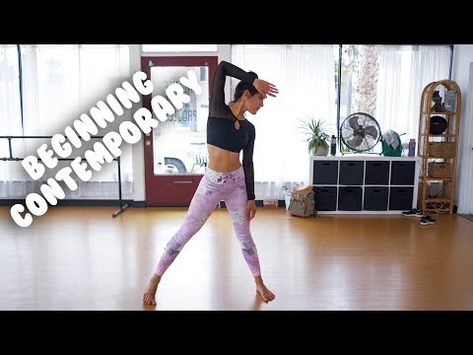 Understanding what and how is done will make it possible to independently generate any sequences and chips.
Understanding what and how is done will make it possible to independently generate any sequences and chips.
Human memory is limited and there will always be a moment when something will escape and your repertoire will be limited by the size of RAM.
In Argentine tango, for example, there are seven levels of movement construction that, when mastered, will allow you to make millions of combinations. And how many dance sequences can you really remember? In rueda, more than 150 figures dance in a rare circle. It's hard to keep more in mind.
7. Develop your body
Many years of experience in teaching pair dance shows that as soon as everyone pairs up in a class, any progress in individual style ends. But it is the individual style that distinguishes everyone at the disco: partners change, and style is always with you.
The body as the main instrument of dance must be very plastic, responsive and emotional. Surprisingly, not all pair dance schools have a general physical warm-up.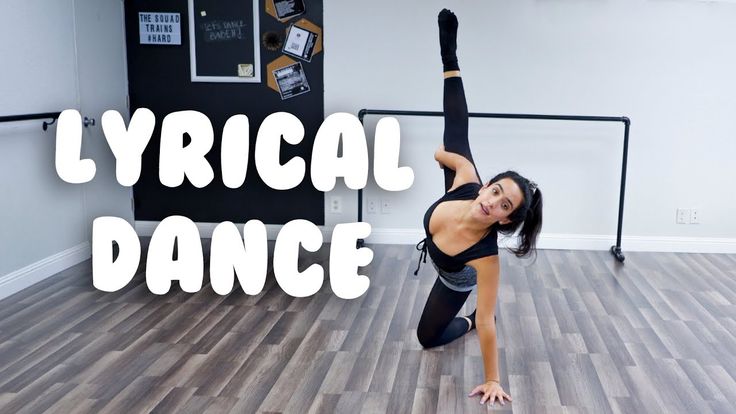 It is vital to tune the body and understand how it works.
It is vital to tune the body and understand how it works.
You can always train extra and concentrate more on the basic steps, as their true value is as body work. The sequence of steps is, in fact, the simplest thing that can be in pair dancing. The quality of individual performance determines the craftsmanship.
8. Try on the images of inspiring dancers
A psychological life hack for those who have already mastered the steps, but still feel that there is not enough brightness and drive. Most are terribly afraid of being someone else's "clone". Here the action is the same as under the influence of hypnosis - the more you resist, the more you plunge into an altered state of consciousness.
With a high degree of probability, you are already dancing like someone else's "clone". A meaningful fitting of someone else's image is that you mentally take the image of the one who inspires you (inspiration is critical in this case) and "put on" yourself. Then you start dancing and trying to feel in general how it is to be able, for example, to be the best partner or the sexiest partner in a disco. This is much more difficult than it seems. But it works extremely efficiently.
Then you start dancing and trying to feel in general how it is to be able, for example, to be the best partner or the sexiest partner in a disco. This is much more difficult than it seems. But it works extremely efficiently.
9. Dance to offbeat music
Habitual rhythms keep you tight. Tango salon or speedy timba leave little room for experimentation and fantasy. Pattern dancing is always noticeable and is reserved for beginners.
The truly new is born outside of the usual. Look for places to experiment. If there is no place, organize self-training. The main thing is not to get carried away, because music determines the style. We bring something new to pair dances, rather than trying to change them.
Search, improvise, don't be afraid to go beyond, develop in different directions, be inspired by music atypical for the style
10. Try your hand at basic dance directions dances exist according to their own non-choreographic laws.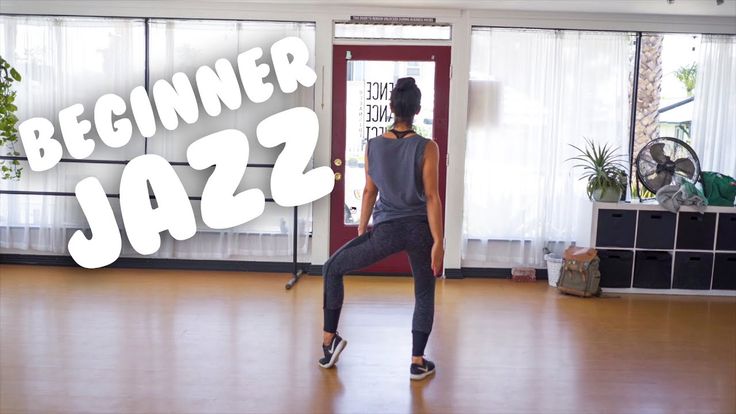
This is the deepest delusion, which has turned into a ceiling for the qualitative development of partner dances. After all, all professional dancers, for example, in salsa or bachata, build their ideas on the basic choreographic principles.
Do not think that choreography is only applicable on stage. Any meaningful movement of the body can be choreographic. In general, try classical or modern choreography. Basically, hip-hop can work too.
11. Look for battle sensations
Pair dances return us to an active position of manifestation of our body. As in the days of our ancient ancestors, we impress the members of the opposite sex by how dexterous, hardy, sexy, etc. we are. Modern laws of the jungle in the entourage of big cities.
If you look around the dance floor, it becomes clear that the majority are clearly herbivores (not in the sense of vegetarians, but in relation to those around them).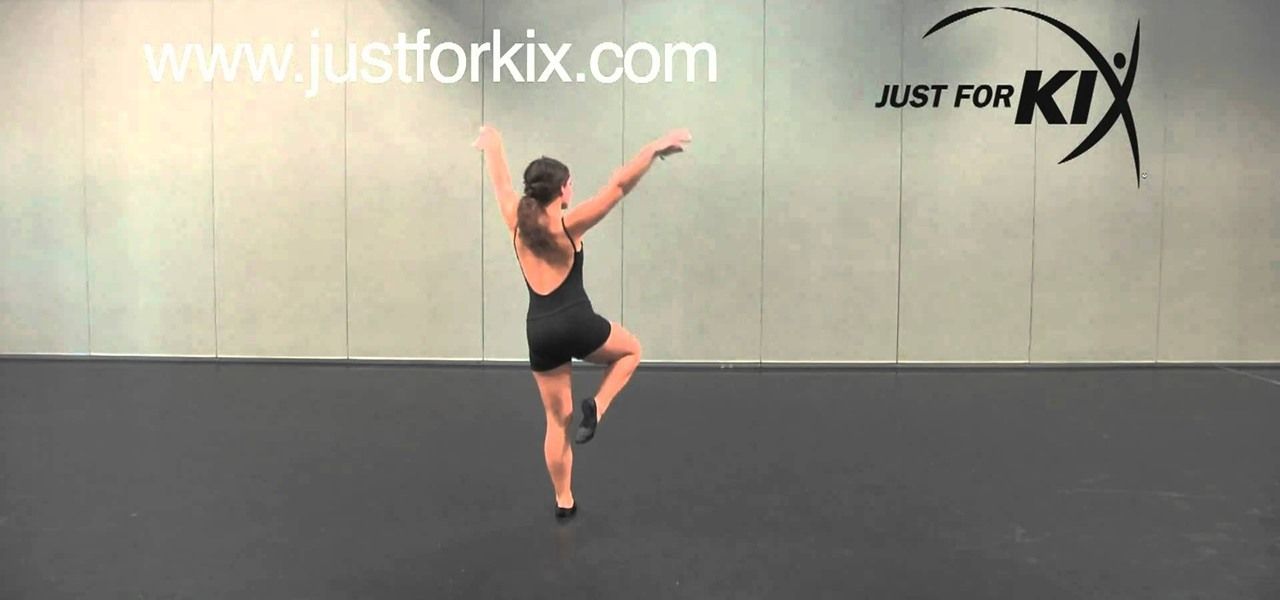 I am sure that predators are always more interesting in terms of the attractiveness of the image - try to find a counterbalance among herbivores, for example, a cat woman or a lion man.
I am sure that predators are always more interesting in terms of the attractiveness of the image - try to find a counterbalance among herbivores, for example, a cat woman or a lion man.
The conversation is about an internal position, not about aggressiveness. Lability and lack of control are inherent in adolescents, and not in adult self-sufficient people.
Accordingly, even a training or friendly battle gives, on the one hand, practical skills - to make a bright sequence of movements, bring an idea to a climax, show a spectacular feature, on the other hand, develops the psychological basis of the dance - self-confidence, resistance to extraneous attention, self-control and self-control in complex elements.
12. Communicate with professionals
The environment shapes the internal position. Basically, real passionaries of the dance community are ready to openly talk, discuss and support the development of dance in every possible way.